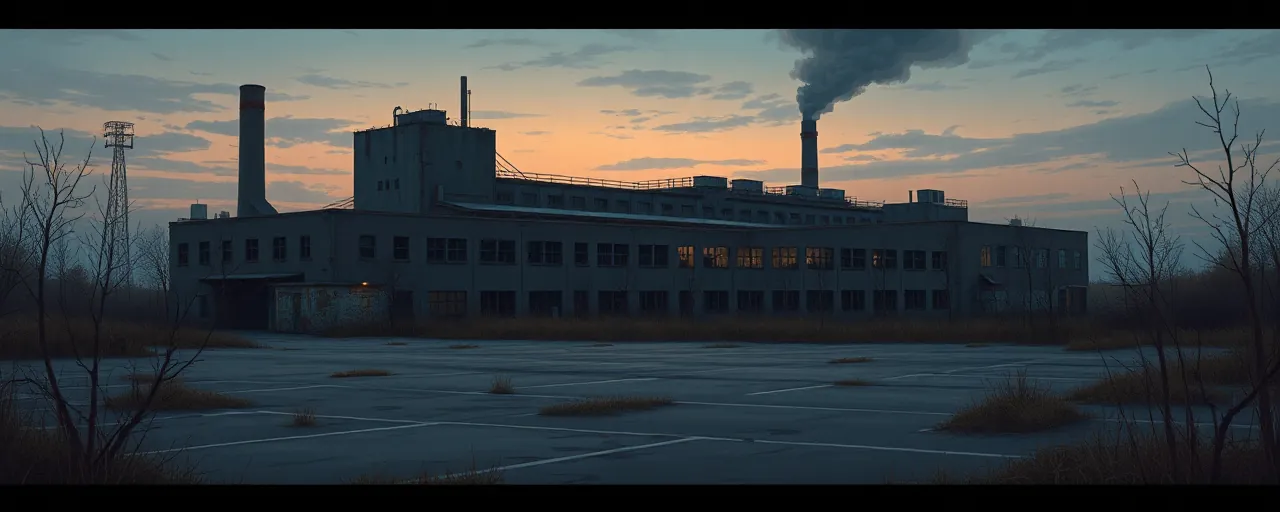A Quiet Crisis Unfolds
Across America, towns once buzzing with factory life now echo with silence. Workers who spent decades building cars, steel, or machinery watched their jobs vanish as global trade rewrote the rules. It didn’t happen overnight, but the fallout hit hard, leaving behind more than empty plants. Studies tie these losses to a grim uptick in drug overdoses, a thread connecting economic upheaval to personal tragedy. The numbers tell a story of shattered livelihoods and rising despair, one that’s reshaping communities in ways few saw coming.
On April 9, 2025, the White House spotlighted this link, pointing to trade policies that shifted jobs overseas. Researchers have long tracked the ripple effects, from wage stagnation to addiction, painting a picture of lives upended. For many, it’s not just about lost income; it’s about losing a sense of purpose. This article digs into that connection, weaving together data, human impact, and the broader forces at play, all while keeping an eye on the real-world stakes for everyday people.
The Data Speaks
Evidence piles up, linking trade-related job cuts to soaring overdose rates. A 2020 study in American Economic Review: Insights found that areas hit by trade policy shifts saw sharp increases in fatal drug overdoses, especially among white workers. Another, from SSM-Population Health in 2019, pinned a 2.7 percent rise in opioid deaths to every 1,000 lost jobs. When fentanyl entered the mix, that number spiked to 11.3 percent. These aren’t abstract stats; they reflect real people in counties stretched from Appalachia to the Rust Belt.
Beyond overdoses, employment itself took a beating. A 2018 piece in the Journal of International Economics revealed that for every worker displaced by trade, overall local employment dropped by two, with few packing up to chase jobs elsewhere. Why? Relocation costs, family ties, and a lack of opportunity kept them rooted. Meanwhile, a one-point bump in unemployment tied to a 3.6 percent jump in opioid deaths, per recent analyses, showing how economic tremors amplify public health crises.
Who Feels the Pain?
White working-age adults, particularly men without college degrees, bear the brunt. Research from 1999 to 2017 ties up to 92,000 male and 44,000 female overdose deaths to manufacturing’s decline. These were folks in physically demanding roles, often prescribed opioids for chronic pain, only to face addiction risks when jobs dried up. Economic precarity swapped steady paychecks for low-wage service gigs, if anything at all, leaving many adrift in regions like the Midwest and South.
Yet not everyone agrees on the full picture. Some economists argue social safety nets, like beefed-up unemployment benefits, can soften the blow, cutting overdose risks by easing financial strain. Others point to automation, not just trade, as a key driver of job loss. Both views hold weight, suggesting a tangle of causes, from globalization to tech shifts, that hit specific groups harder while sparing others, like urban service hubs.
A Long Road Back
History offers context. Since the late 20th century, global trade surged, and with it, import competition gutted U.S. manufacturing. The 1990s trade liberalization wave displaced workers in droves, with little reallocation to new industries. Stuck in shrinking towns, many faced wage cuts or long-term unemployment, their skills mismatched for a service-driven economy. That shift fueled inequality, eroded local tax bases, and left communities grappling with fallout that’s only now fully understood.
Today, policymakers wrestle with solutions. Advocates for retraining programs say upskilling displaced workers could open doors to new sectors. Supporters of stronger safety nets push for expanded healthcare access to tackle addiction head-on. On the flip side, trade protectionists argue for shielding domestic jobs, though global supply chains complicate that fix. Each path carries trade-offs, but the human cost of inaction keeps mounting, etched in overdose stats and hollowed-out towns.
What It All Means
The thread from trade to overdoses weaves through economic loss, physical pain, and fading hope. It’s a cycle where job cuts spark despair, and despair finds an outlet in drugs. Data backs this up, showing how structural shifts, like trade deals or factory closures, hit harder than expected, especially in tight-knit industrial areas. For readers new to this, it’s a stark reminder: policy decisions ripple far beyond spreadsheets, into homes and hospitals.
Looking ahead, the stakes stay high. With manufacturing’s decline ongoing and fentanyl flooding streets, the crisis isn’t slowing down. Answers won’t come easy, balancing global trade’s benefits against local livelihoods. But one thing’s clear, the lives lost to this quiet epidemic demand attention, a call to rethink how America navigates its place in a changing world.
